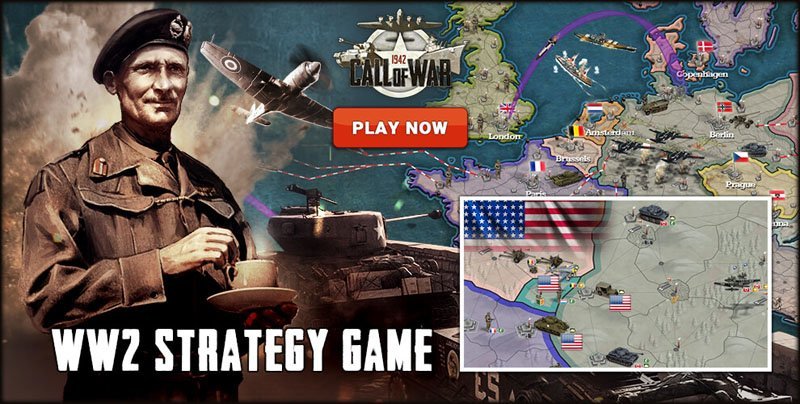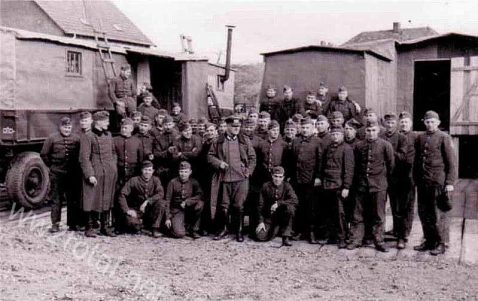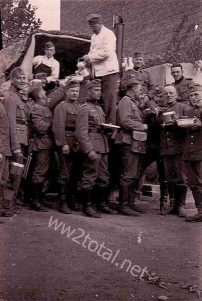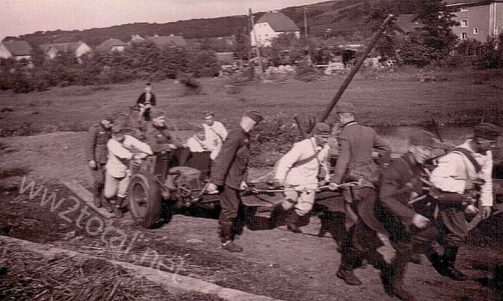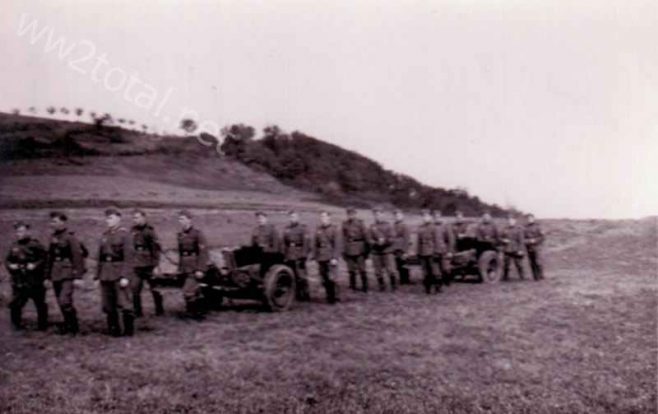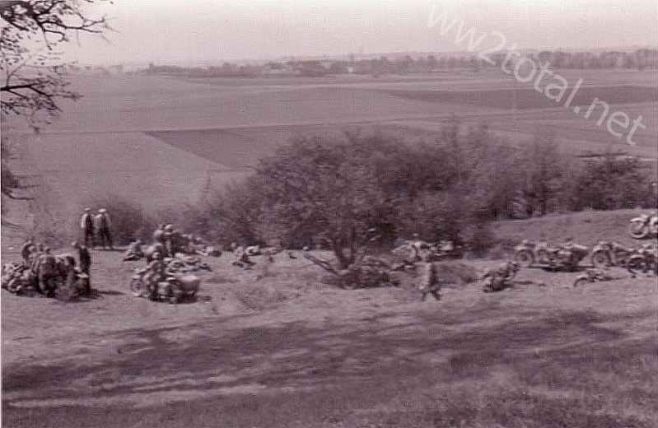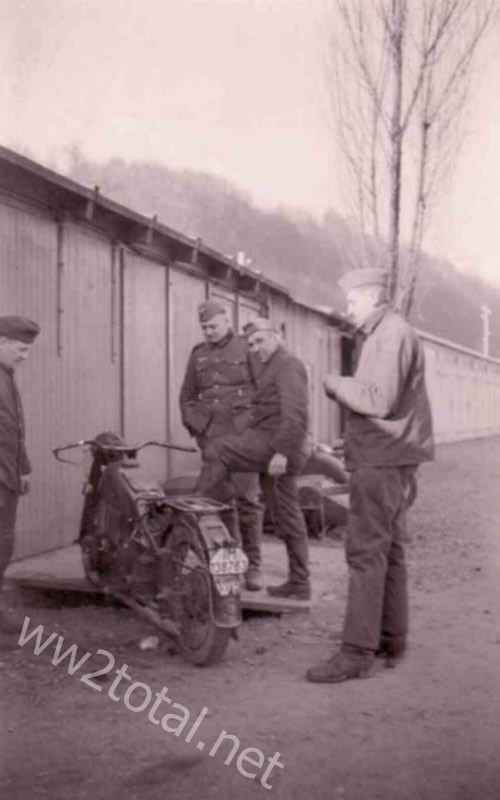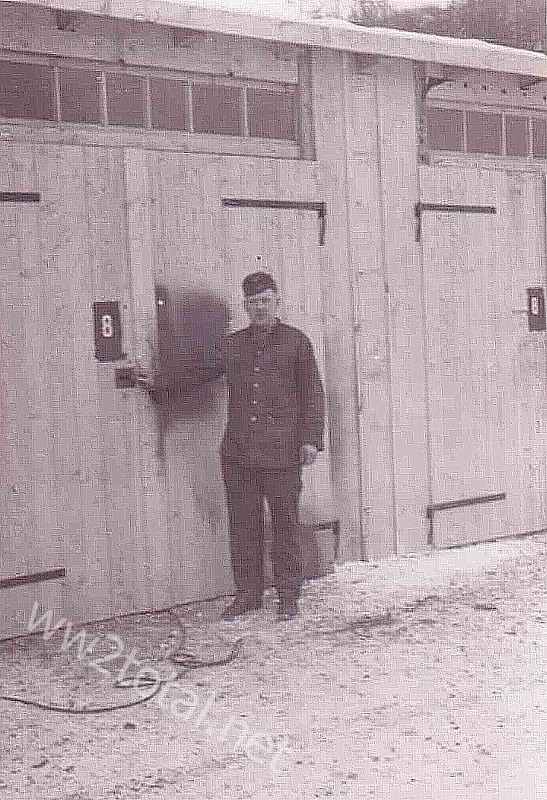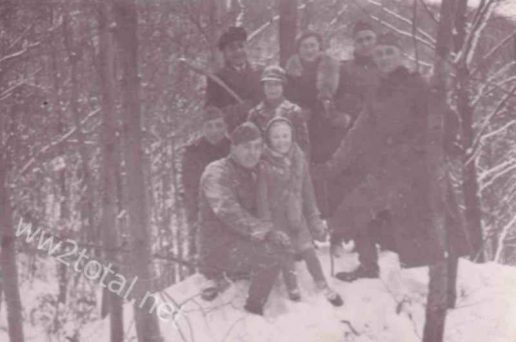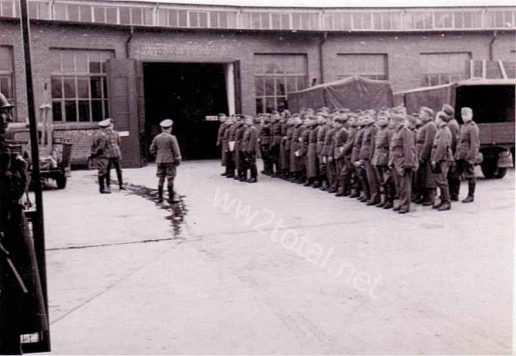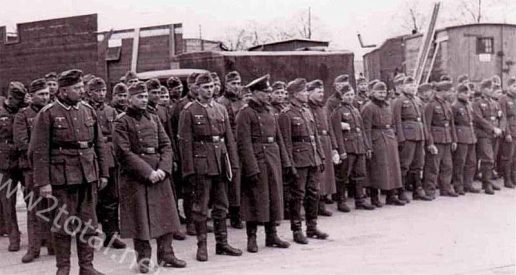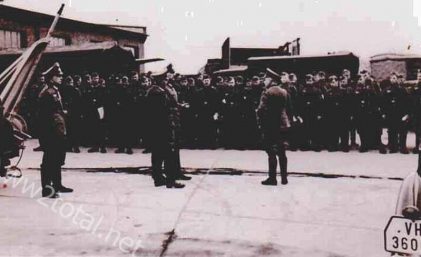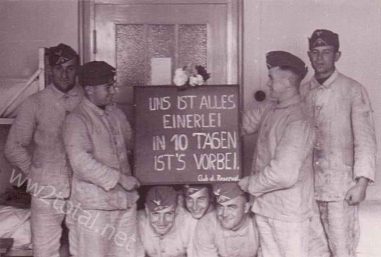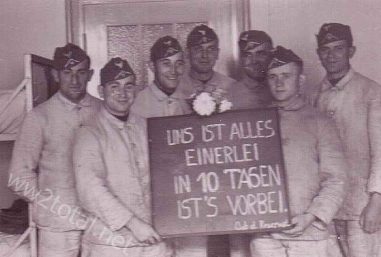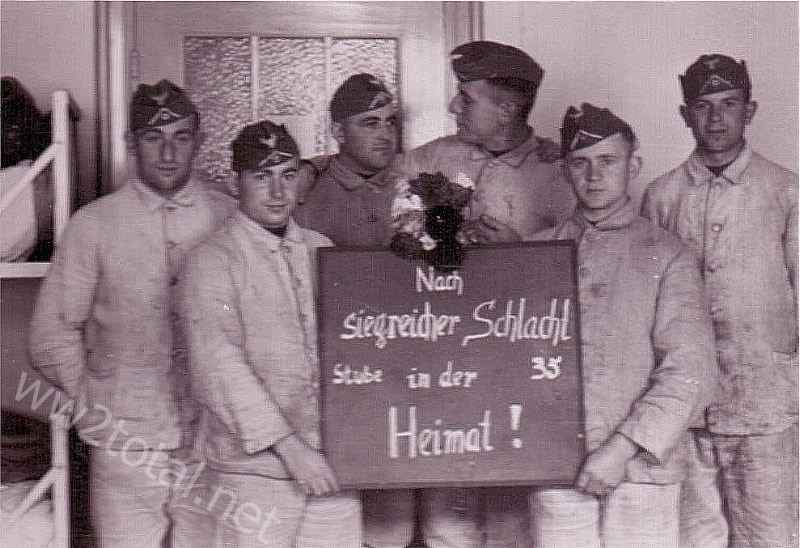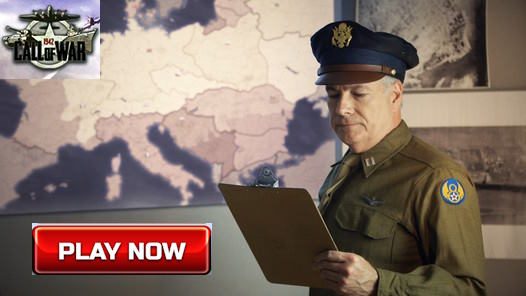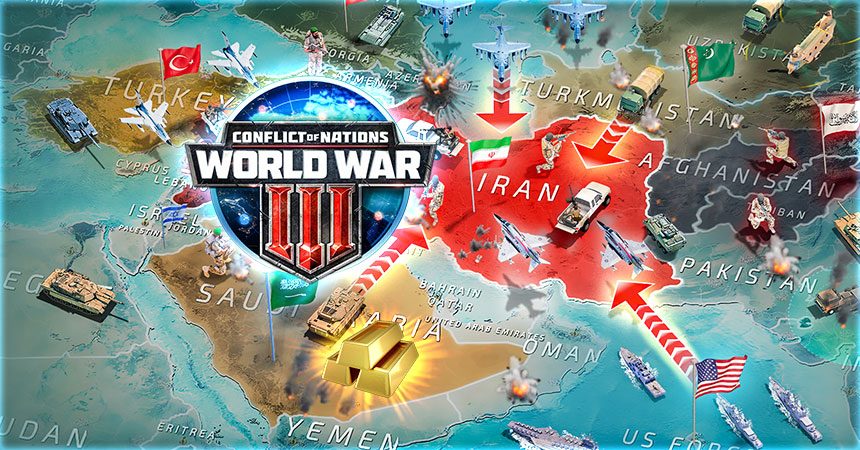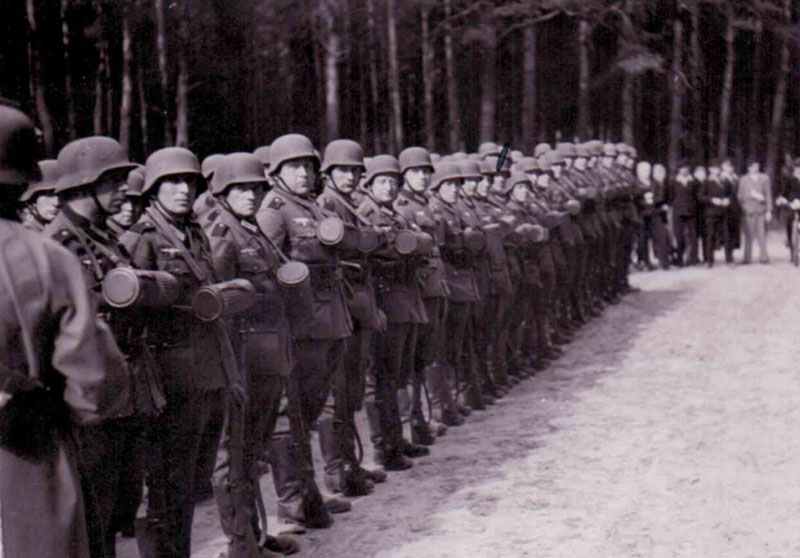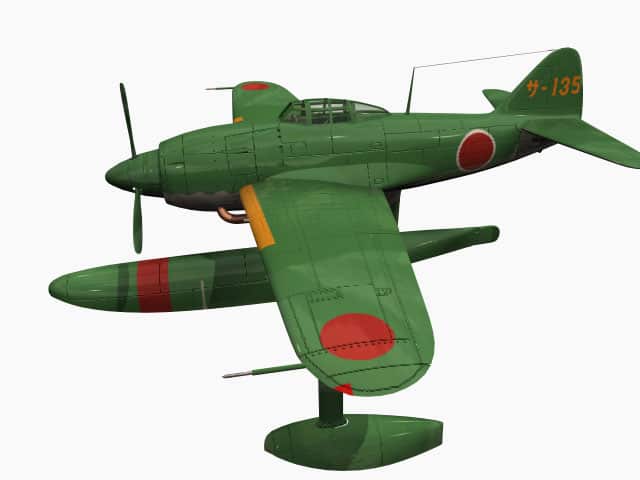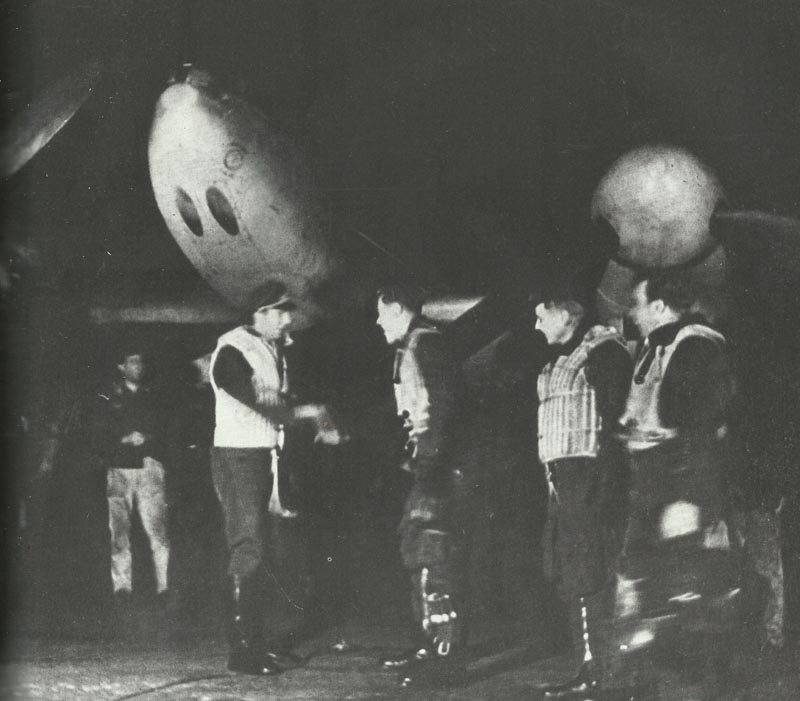At the Siegfried Line in Winter 1939-40.
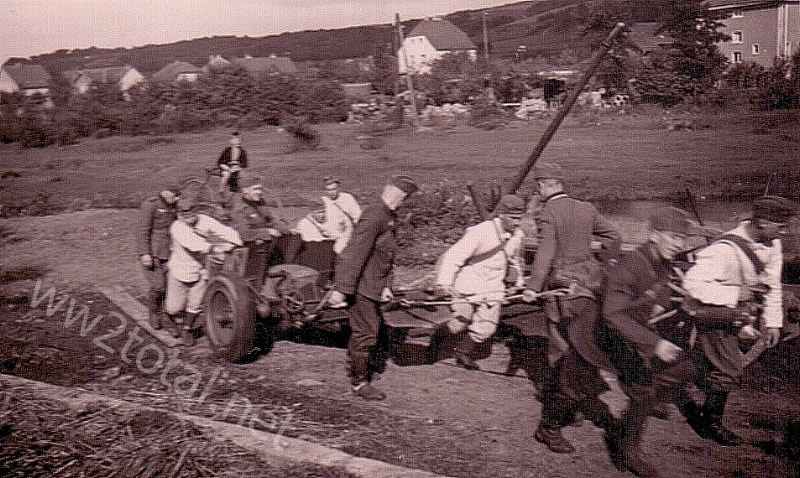
Here are some pictures taken in 1939 and winter 1940 during the service at the Siegfried Line in Western Germany at the beginning of World War Two.
Please click to enlarge on one of the pictures.
 Previous page: Pre-War Germany
Previous page: Pre-War Germany
 Next page: Preparations
Next page: Preparations
The Westwall
Table of Contents
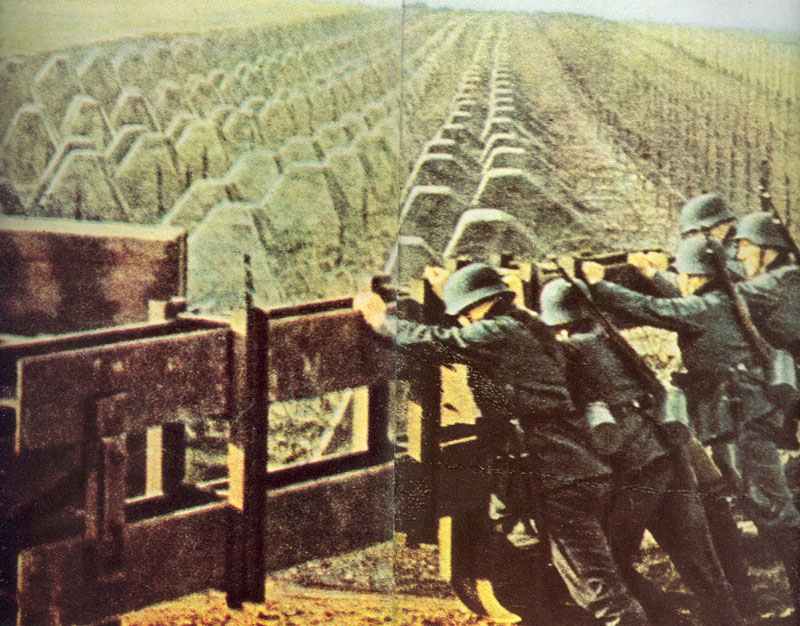
The Westwall, often referred to by the Allies as the ‘Siegfried Line’, was a massive system of defensive fortifications built by Nazi Germany along its western border during the late 1930s and into World War II.
Overview
Purpose
– Constructed to protect Germany’s western frontier, mainly against France, and to deter an attack while Germany pursued expansion in the east.
– Served as a propaganda tool as much as a military one, showcasing Germany’s supposed impregnability.
Structure
– Stretched roughly **630 km (390 miles)** from the Dutch border near Kleve down to the Swiss border.
– Comprised thousands of bunkers, pillboxes, tank traps (“dragon’s teeth”), tunnels, and anti-tank ditches.
– Integrated natural terrain features (hills, rivers, forests) into its defensive system.
Construction
– Built between 1936 and 1940, largely under the supervision of Fritz Todt and the ‘Organisation Todt’.
– Involved massive forced labor and conscription of workers.
– By 1940, it included around 18,000 bunkers and defensive structures.
Role in the War
– During the Phoney War (1939–1940), it helped deter a French offensive into Germany while Germany invaded Poland.
– After the fall of France in 1940, it became less strategically important until 1944.
– In late 1944, it was reactivated as the Allies advanced after D-Day. Battles along the Westwall, such as the Battle of Hürtgen Forest and Battle of Aachen, were extremely bloody and costly.
Legacy
– Many remnants still exist today, scattered across western Germany.
– Some sections are preserved as historical sites, while others remain overgrown or destroyed.
– It stands as both a reminder of Nazi militarism and a significant engineering project of the era.
References and literature
Germany’s West Wall – The Siegfried Line (Neil Short)


